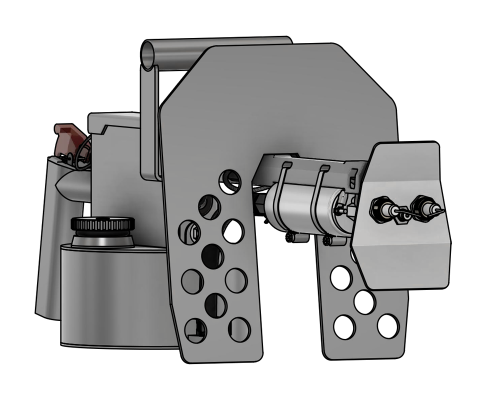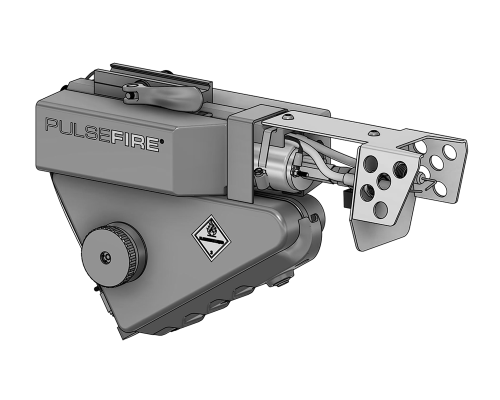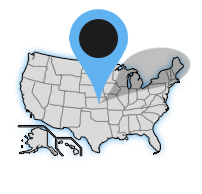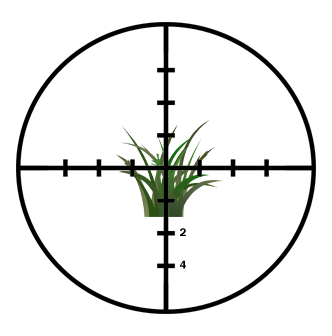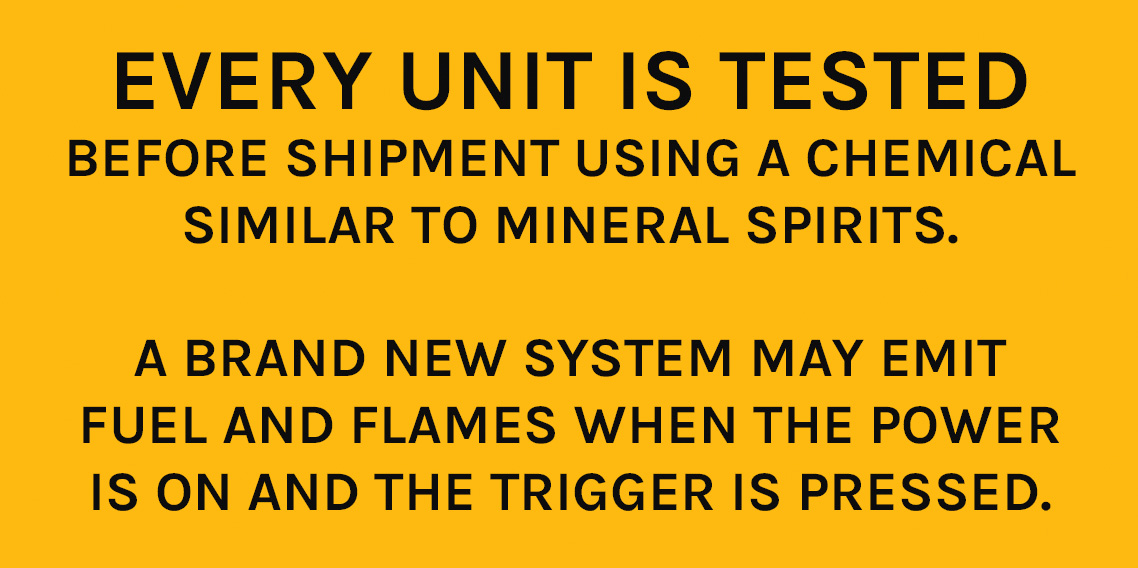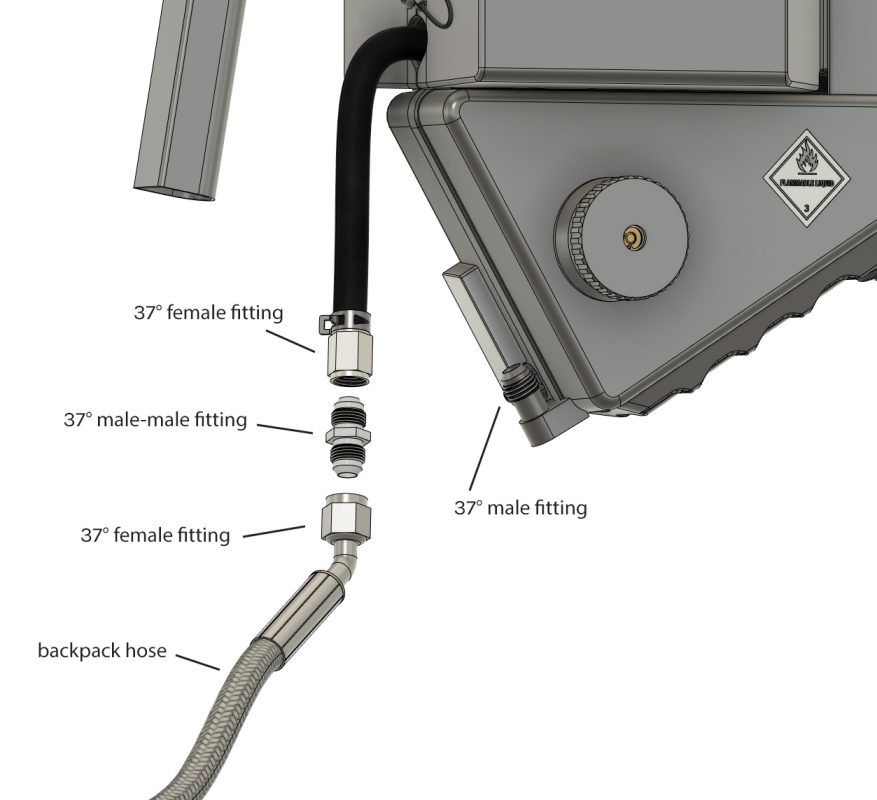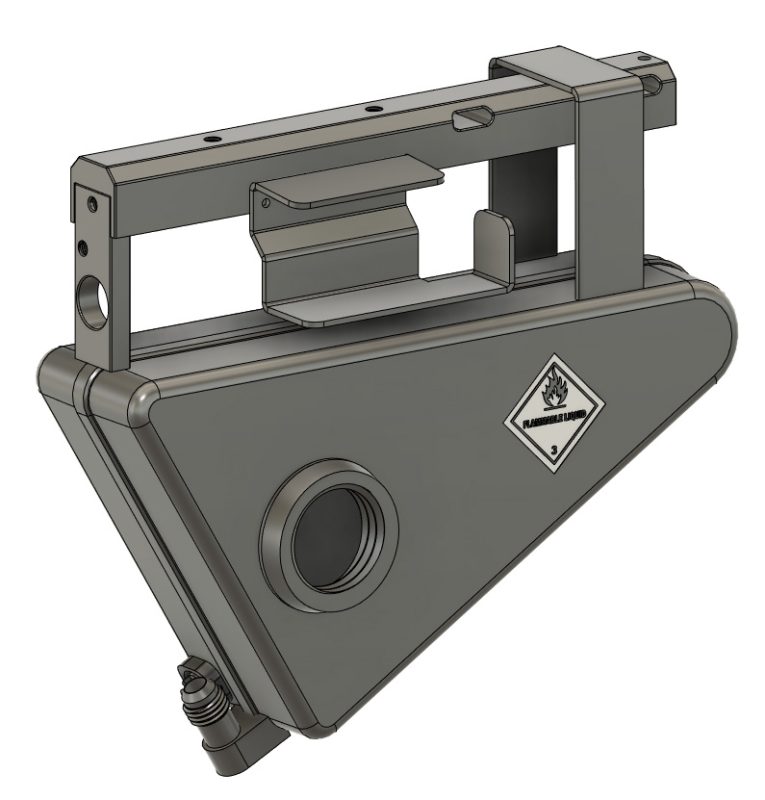
Ordering
Many firearms dealers, hardware stores, and sporting goods retailers stock our products; give your local shop a call to see if they have them in stock. Find a dealer on our Dealer Locator page.
Our headquarters is not open for retail sales – it is an employee only facility.
No. Our mission is to only sell you an item we have in-stock and ready to ship. You can sign up to be alerted by e-mail when an item comes back in stock, and of course, feel free to reach out to us and we’ll let you know what the latest scoop is on inventory.
We do take backorders for dealers and distributors. Reach out to your local dealer and express your interest in getting your hands on our products, and we’ll do what we can to make it happen when they contact our sales team.
Shipping
Not direct-to-consumer, but we are currently establishing relationships with various distributors around the world. See the bottom of our Dealer Locator page for the current availability outside the United States.
There has been a massive global interest in our products, and we’re working to share them.
Discounts
Unfortunately, we do not offer any career based discounts.
We don’t control what other websites post. Most coupon sites just make things up.
If we offer any coupons, you’ll hear it from us directly.

Legality
Ownership is generally legal in the United States without requiring any sort of background check.
As the product name states, it is simply a long range torch. However, Maryland and California do have restrictions regarding such devices. The city of Warren, Michigan also prohibits possession via local ordinance.
In Maryland, these systems appear to be outright prohibited to possess due to falling under the state's definition of a destructive device.
In California, non-stationary devices that are designed/intended to emit a burning stream at least 10 feet are prohibited without a license issued by the State Fire Marshal. We've developed a nozzle that reduces the output distance to less than 10 feet to create a compliant version that does not require a permit/authorization. Nozzles are replaceable and available in our store for those out-of-state trips or transfer to a new owner. This version of the LRT has been discontinued.
Check with your local laws. It is your responsibility to understand and adhere to all relevant regulations.
Safety
The Pulsefire Long Range Torch system is a liquid fuel flame stream system that is built to be as safe as possible for a device of its nature. Our team developed every aspect with user safety in mind. For example:
- The nozzle design helps keep fuel and flames at the nozzle instead of dripping back toward the user.
- The ignition system is on-demand; no need for an open flame pilot torch or pressurized butane.
- The fuel storage tank(s) are non-pressurized, like any typical gasoline powered outdoor tool.
- A check valve between the pump and nozzle prevents fuel flow between activations.
- A valve built into the nozzle allows you to completely shut off flow and prevent leakage or accidental activation.
- A low voltage cutoff circuit prevents over-discharging the battery used to power the unit.
Of course, flame producing equipment is inherently hazardous. Good judgment is key to maintaining personal safety. When the battery is connected, and the power switch is on, pressing the trigger switch will generate fuel and flames up to 30 feet away if there is any fuel in the reservoir. We recommend to always transport the device with the battery disconnected to prevent accidental activation.
No. There is not enough air inside the plumbing to facilitate a flame front that is in any way harmful. The convoluted and tight-tolerance geometry inside the fuel pump combined with an ultrafine metal screen mesh provide built-in flame arresting properties. The tiny nozzle orifice and all-metal check valve also contribute to this resistance. There will always be some level of liquid fuel trapped inside the plumbing even when apparently “running on fumes” due to the components and paths involved.
No. We know you want to see the cool arc ignition, but the very first warning in the user manual states:
We test every single unit before shipment using a chemical similar to mineral spirits, which is flammable. There very likely will be a small amount leftover inside the plumbing. The user manual strongly instructs the user in numerous sections to only turn the system on when outdoors and aimed in a safe direction for a reason.
As always, don't take all the steps to shoot fire if you're not ready to shoot fire.
Operation
A rechargeable high-output lithium polymer battery (included) provides the 12V power required to the high pressure fuel pump and ignition system. This type of battery is typically used in radio controlled vehicles. You can see the specifications on the battery product page.
Fully charged, it should power the system for about 15 full tanks of fuel, and 2 full tanks using the backpack. Environmental conditions as well as variations in manufacturing (of the battery, nozzle, pump, fuel reservoir etc.) can affect this capacity.
Keep an eye on the voltage gauge - at about 10.5 volts the system will cut power to the trigger to alert you that it's time to change or charge the battery. Extra batteries are readily available at local hobby shops, Amazon, or through our store.
Can it be modified to shoot shorter?
People sometimes ask us if you can shorten the distance if you want to send fire at something closer than 25 feet away. Much like the maximum range of a bullet fired out of a gun, nothing stops you from hitting something closer...
However, if your goal is to physically limit the unit's unobstructed range, the short range nozzle, designed for California models, produces a "fan-type" spray of fuel, causing the flame to be very intense and under 10 feet in reach.
Can it be modified to shoot farther?
No. It would require a significantly more powerful (and much heavier) fuel pump, along with a nozzle to match. The current system is achieving maximum performance with the type of fuel pump used.
We have used fuel pumps well above the current production unit's flow and pressure capabilities as well as various nozzle shapes and orifice sizes without resulting in significant changes in performance.
The system as it stands balances fuel efficiency, distance, weight, and size, accommodating the vast majority of individuals.
The backpack kit is not designed to be disconnected/reconnected any faster than simply unscrewing the 37 degree flare -6 JIC fitting.
- The vast majority of our customers do not express a need to change between backpack and handheld faster than the ~45 seconds it currently takes to unscrew/tighten the standard JIC fittings - it's not typically an urgent task.
- The cost of a quick disconnect dry-break fitting is very high compared to the benefit achieved.
- The majority of our customers, upon equipping the backpack, never revert back to handheld.
You can plumb in any fittings you like, as everything is compatible with -6 size AN/JIC 37 degree flare fittings. There are dry break quick disconnect couplers that exist, but they won't fit without modification/compromise. By adding extra hose (5/16" ID fluoroelastomer core, or fuel injection hose) you could possibly add a loop and fit a quick disconnect coupler or valve.
We understand the end goal is to be able to disconnect a partially or fully filled backpack from the main torch system, but the backpack reservoir is not designed or rated to act as a fuel storage container, so we cannot advise it to be used that way.
Fuel
Gasoline (unleaded, any octane, E0 - E85) will produce a bright hot flashy flame and produces the most reliable and brilliant results.
Octane
Higher octane will not do anything special for you. Octane rating is about how resistant a fuel is to pre-ignition when under high compression inside an engine. If the octane rating is too low, it's possible for the fuel to combust before it should and lead to engine damage. This has nothing to do whatsoever with the function or performance of a flamethrower.
Mixtures
A gasoline-diesel mixture (up to 50% diesel) is what you want to use for burning foliage. Gasoline will keep the mixture above its flash point, and the oily diesel fuel will keep the fire going until whatever you’re burning is well-done. Do not use or store diesel below 32 °F.
Kerosene
Yes, kerosene can be used as a substitute for diesel. Yes, you can use "white gas" camping fuel. You can basically use any petroleum based fuel as long as it's low viscosity (thin).
Do not use colorants.
While it is very cool to change the color of the flame, the pump will be destroyed from the ingredients used. Alcohol itself is a difficult fuel to work with as it is because you can't see the flames until it's dark out, and it's usually too cool to reliably ignite at that point (its flash point is around 50 °F). The colorants tend to almost immediately clog and otherwise corrode/damage the fuel pump.
No. We use a tight tolerance high speed fuel pump with a fine screen mesh filter that is designed for low viscosity, non-conductive fuels. Napalm is for more simplistic valve based high pressure systems. The modern day equivalents are typically 60+ lbs.
Firefighters and forestry users will typically use up to 50% diesel fuel in order to slow the burn while also increasing the flame temperature. It's a bit more oily and clings to things better.

Most of the FAQ answers relating to the Pulsefire® LRT also apply to the UBF.
Not that we're aware. We tested extensively with a SCAR chambered in .308, a firearm configuration known for being harsh on attached devices, and experienced no failure. We've seen it attached to a .50 BMG and operate without issue.
Not that we're aware. We've had it attached to numerous short barreled firearms without issue, and so have our customers. We have a shield above the unit that helps deflect the blast.
In order to comply with regulations and avoid requiring permission from the state fire marshal, pyrotechnics license, etc., the Pulsefire LRT is equipped with a short range nozzle. See more details here.
Unfortunately, the same nozzle installed on the Pulsefire UBF results in a very hot flame right by your hands. It is not a comfortable experience. Since the LRT isn't a big seller in California, we made the decision to not sell the UBF in California. You can always install the short range nozzle yourself if you have a standard UBF.

